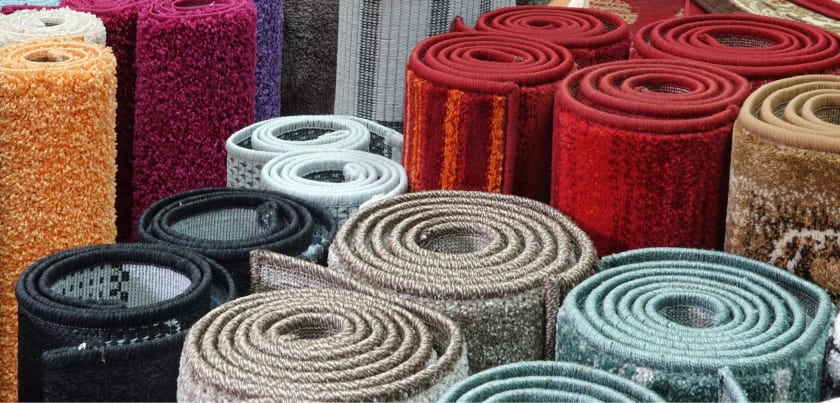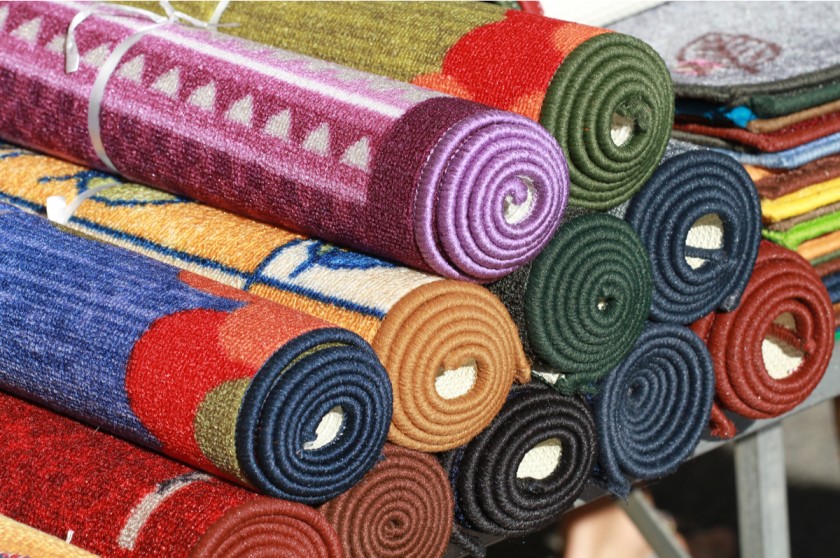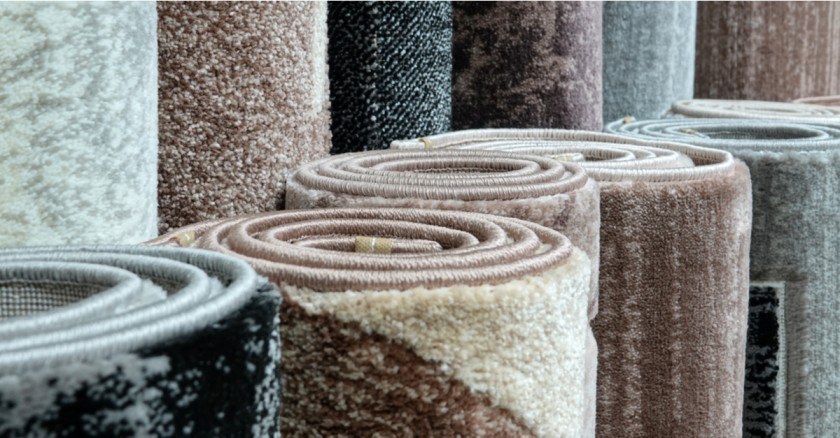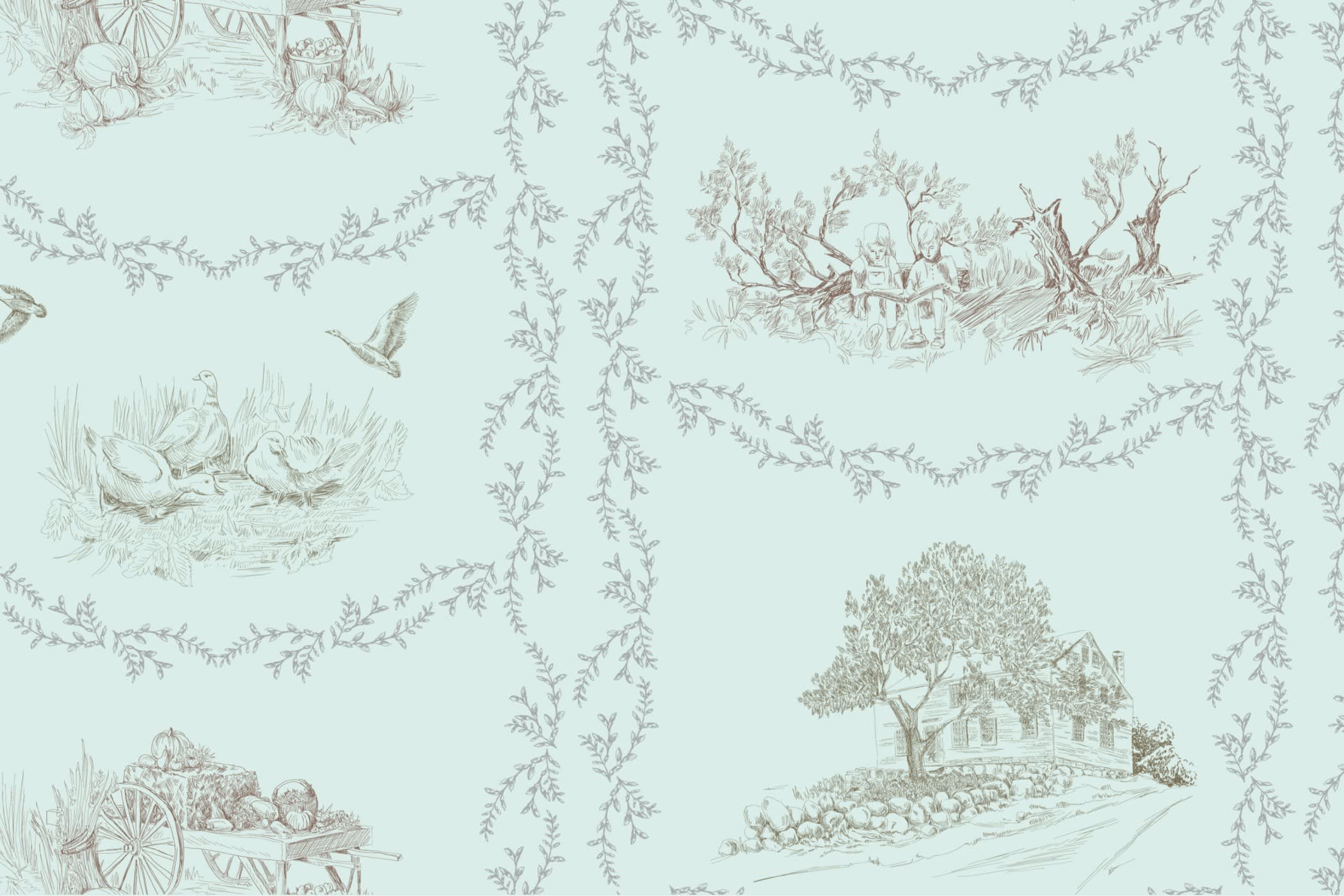Carpet Prosource Tips For Wholesalers: How To Get The Best Deals?



Carpet styles or textures are different for each carpet. Each style has its functional purpose and is designed for different comfort levels. A carpet acts as a filter to trap allergens like pollen and dust which can be removed through regular cleaning. A recent study proved that carpets trap allergens better than hard floors, preventing dust particles from escaping into the air. Keep the following in mind when buying a floor carpet:
1. Quality over price
Generally, higher quality carpets cost more upfront, but they are more durable due to a tighter twist construction and a greater pile density. This leads to a longer lifetime.
2. Choose stain protection
It is nearly impossible to prevent your carpet from getting soaked in red wine or mud. Hence, choose stain protection for your carpet flooring.
3. Cushions
Cushioning is the layer of spongy, comfortable material between the carpet and floor. This padding helps the carpet last longer and serves as a safeguard against everyday wear and tear.
Carpet Types

Whether you are updating your existing carpet or switching from hardwood to carpet flooring, choose from one of these various types of carpets:
Berber
Berber carpet is flexible, durable, and resistant to stains and spills. In addition, Berber carpets are known to be less expensive. This type of carpet is often found in basements and offices, but we think it's a beautiful and affordable carpet style that would suit any room in your home.
Frieze
Frieze (also known as California shags) is a shag-style carpet that features long, tightly twisted fibres. It's known for its laid-back aesthetics, naturally clean appearance, and comfort factor. This type of carpet is available in various materials such as nylon, wool, or polyethylene terephthalate. It is perfect for high footfall areas of your home.
Loop
Carpet loops combine looped fibres with straight ones, allowing carpet designers to experiment with geometric and abstract designs. Carpets of this type were most popular during the 1970s and 1980s, but they're making a comeback today in modern style homes.
It is best to avoid these carpets in hallways or living rooms as the daily wear can mess with the carpet's design. This carpet is best suited for bedrooms, dens, and basements.
Plush
Plush carpets are known for their formal appearance and velvety texture. Plush carpets are loop-styled and then cut to give them a softer touch.
They are popular residential carpets, most suitable for the dining room, family room, or bedrooms.
Texture
Textured carpets usually have uneven fibre lengths, giving them a rough aesthetic texture. This carpet flooring is best for a comfy and informal look.
Things To Know When Buying A Carpet

Shedding
New carpets contain loose fibres embedded in the body of the carpet. These fibres are not part of the actual carpet, but fibre tips sheared in the manufacturing process to achieve uniform pile height. Shedding minimises over time with regular vacuuming.
Sprouting
An occasional “sprout” may get high above the surface of the pile caused by vacuuming, high heels or pets. To maintain a beautiful floor, do not pull the tuft out but instead snip it with scissors to match the existing pile height.
Seams
Most rooms with carpet will have seams in the carpet. Seams visibility depends on the texture and colour of your carpeting as well as the lighting and furniture placement.
Filtration Soiling
After weeks, months or years, dark greyish lines around baseboards, under doors and along the edges of stairs may be noticed. This is caused by dust, smog and other airborne pollutants. This is a result of the environment and is not a defect of carpet. This soiling can be minimised with regular vacuuming and by changing air filters regularly.
Wool Carpets
Wool is a natural fibre, and carpets made from wool may exhibit colour differences. This is a normal characteristic usually more apparent at the seams. Hence, avoid seam visibility at the centre of a room.
Picks, Pulls And Loose Fibers
Simply trim the cluster of threads with sharp shears and vacuum. For woven looped products, the loops can be repaired like any woven product. Using a vacuum cleaner with a power brush on a wool product of any construction will greatly increase picks, pulls, and loose fibres.
Roll Marks/Crush Marks
Roll marks occur in carpeting as they are warehoused and/or shipped and are not considered a manufacturing defect. These marks will decrease over time.
Buckling and Wrinkling
These can be caused by installation modifications such as:
- Pulling up carpeting for wiring
- Sliding heavy objects across the carpet
- Increase in temperature, humidity or wetting during cleaning
Conclusion
If you are trying to decide which flooring is right for your home:
- What is the style of your home?
- What fits with your decor?
- Who will be looking at your home?
- What is your budget?
For more information and to connect with suppliers, click on the Fashinza website.



















